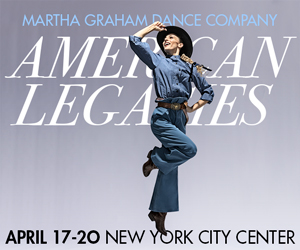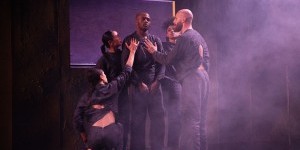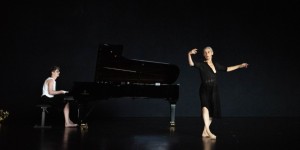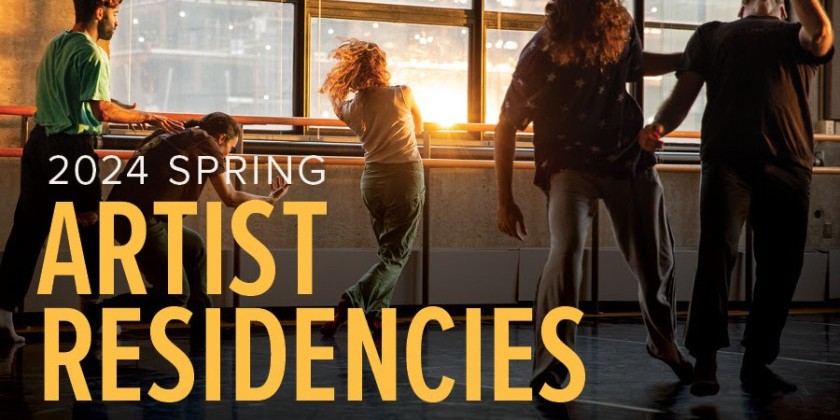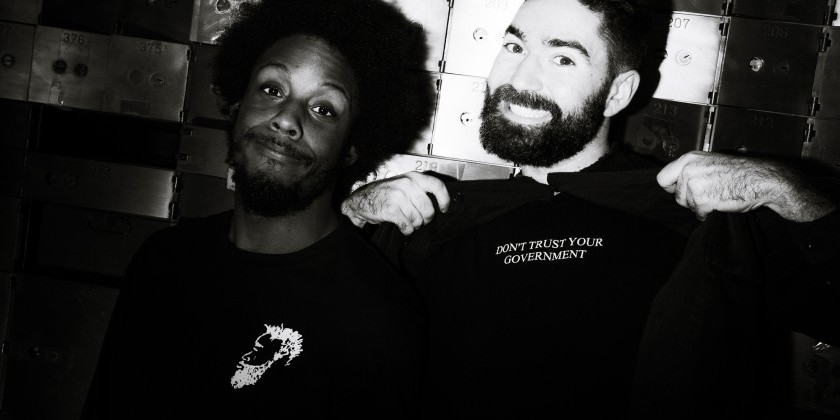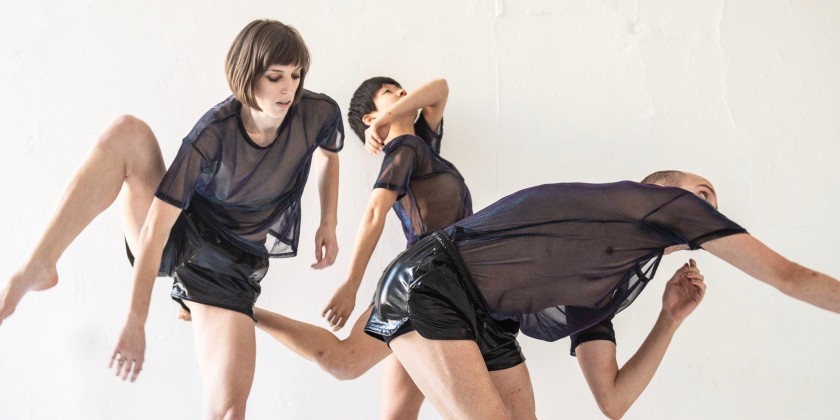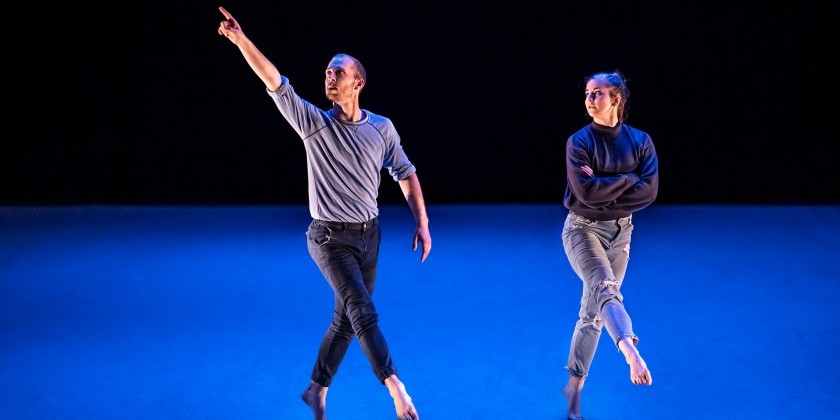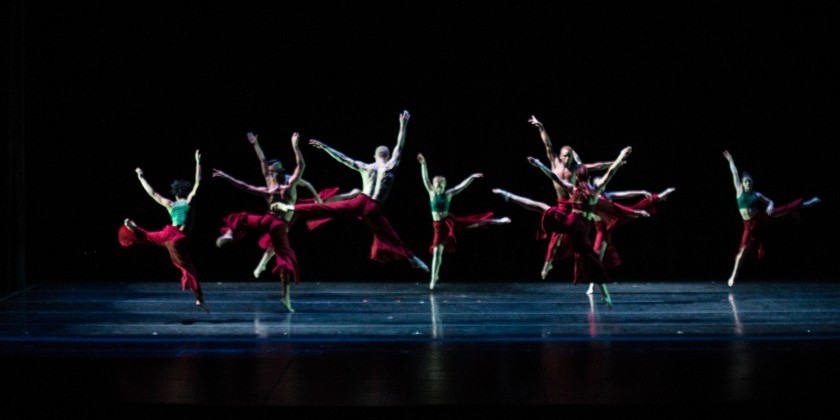IMPRESSIONS: Anne Teresa De Keersmaeker/Rosas "Verklärte Nacht" at Baryshnikov Arts Center
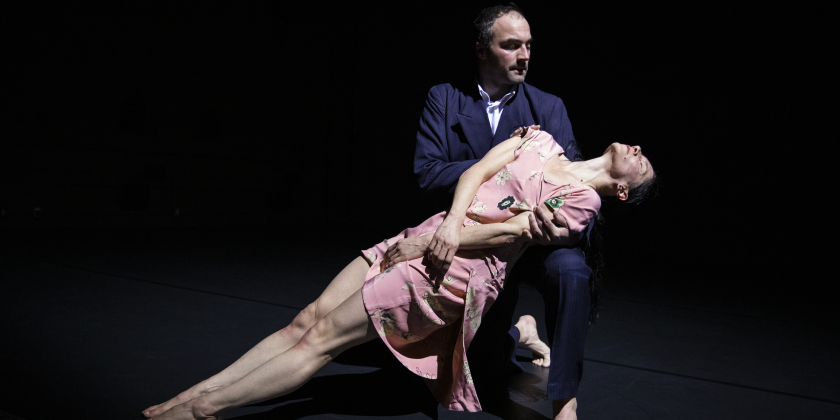
January 30, 2019
Choreographer: Anne Teresa De Keersmaeker
Dancers: Boštjan Antončič, Cynthia Loemij, Igor Shyshko
Music: Arnold Schönberg’s Verklärte Nacht, Op.4 Performed by New York Philharmonic
Musical Dramaturgy: Georges-Elie Octors, Alain Franco
Lighting Design: Luc Schaltin, Anne Teresa De Keersmaeker // Costume Design: Rosas/Rudy Sabounghi
Beautiful work can inspire beautiful work. Driven by originality and innovation, today’s creators often shy away from representational art. But a conversation among artists of different mediums around a single source or story can span centuries with fruitful results, giving each piece in the dialogue new life. Anne Teresa De Keersmaeker’s Verklärte Nacht does exactly this, standing alone in its unique passion, and yet urging curiosity into the works that preceded and inspired it.
The original Verklärte Nacht (or Transfigured Night), is a renowned poem by nineteenth-century German poet Richard Dehmel, which tells the story of a woman who must confess to her lover that she has become pregnant by another man. Surprisingly, her lover accepts the news and the child with joy. The two share a kiss and walk together in the moonlight. This romantic poem inspired Arnold Schönberg to compose a string sextet by the same name in 1899. Schönberg’s Verklärte Nacht, Op.4. was met with such public acclaim that it is still his most played work.
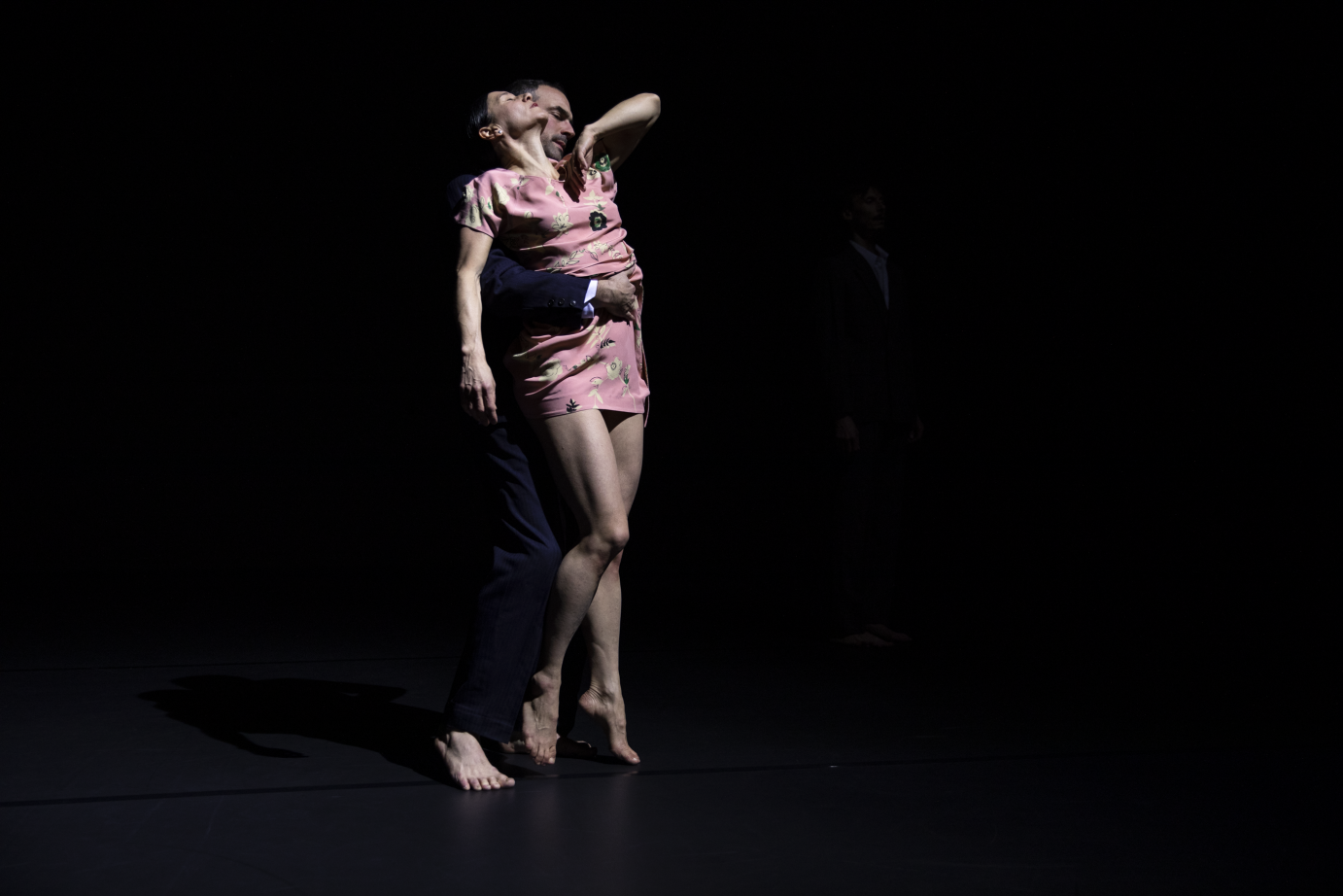
Schönberg himself said his composition does not aim to illustrate Dehmel’s tale but instead is rooted solely in nature and emotion. Regardless, it is a free-roaming and restless piece of music where regret, agitation and ultimately serenity can all be pinpointed by those looking. This music inspired another form in 1944 — ballet. Pillar of Fire, choreographed by Antony Tudor and set to Schönberg’s piece, expanded on the poem’s story.
All this rich backstory is the result of a research wormhole I traveled down because Anne Teresa De Keersmaeker’s Verklärte Nacht intrigued me so. Debuting in 2014 at the Les Théâtres de la Ville de Luxembourg, the piece made its New York premiere at Baryshnikov Arts Center.
The work opens with an austere woman (Cynthia Loemij) in a pink, flowered house dress, entering with a man in a blue suit (Boštjan Antončič). With dry, staccato action, they fall in and out of the floor. He catches her in the air, stopping on a dime, the image of them like a snapped photograph. They leave from where they came before returning with another blue-suited man (Igor Shyshko). The first man watches as the newest man partners her, again catching her as she launches her thin frame at his shoulders. The trio exits.
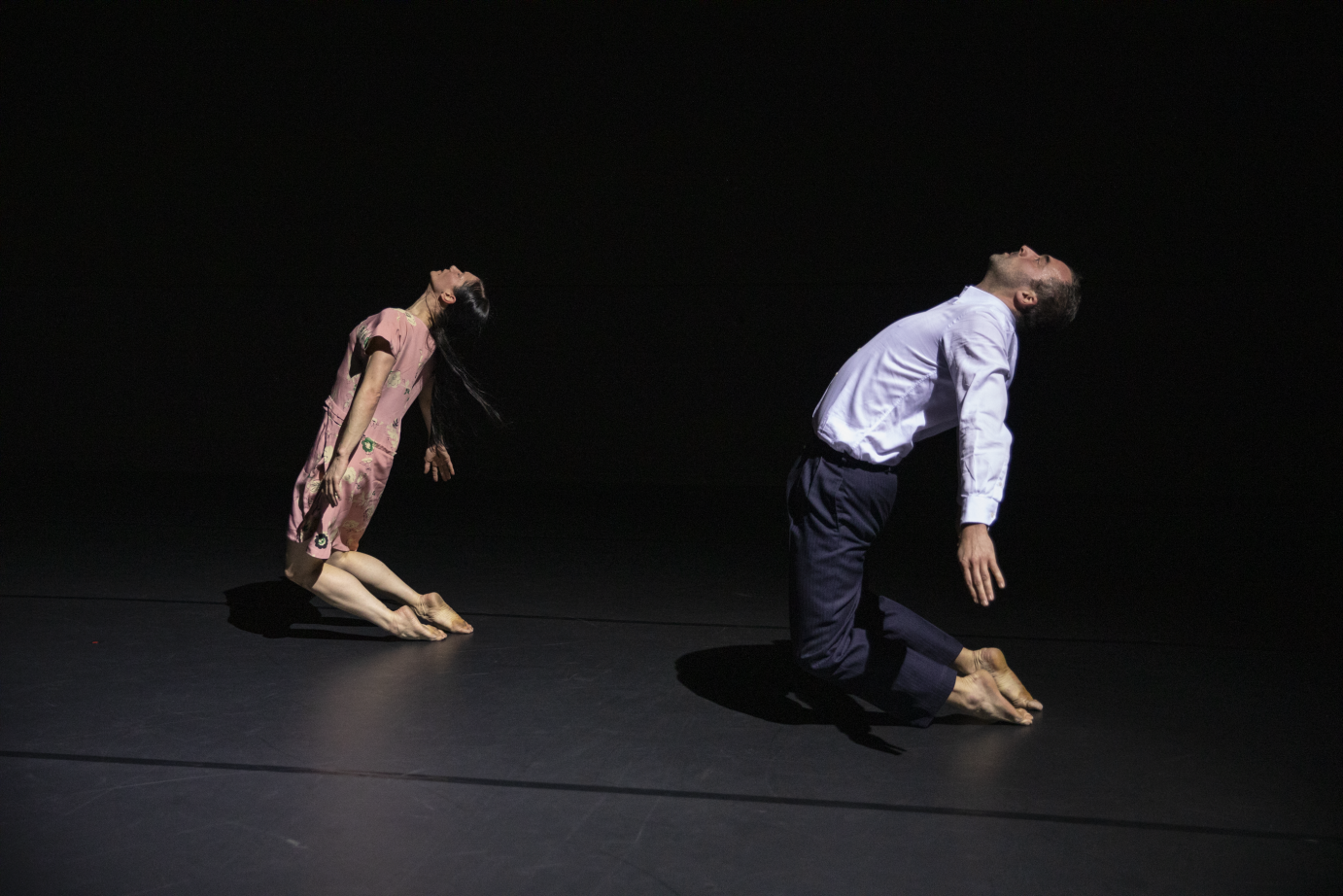
Now, to Schönberg’s piercing sound, she is back with the second man. If we are following the story, we know he may be about to receive her grave confession because, with every movement, Loemij is in distress. But her anxiety is not boundless and hysterical. Tight and controlled, she falls and rebounds from her knees, throws her head back, runs in incessant diagonals. The expression on her face is unchanged; all this stirring remains contained in her thin structure. Shyshko faces the back wall of the spare theater staring into the void, motionless for some time.
In a true marriage of dance and sound, De Keersmaeker invigorates this familiar composition, challenging Schönberg’s stride with runs, slides, rolls, and drops. Her choreography stays true to his emotional pulse with the pacing of Loemij’s struggle indistinguishable from the music.
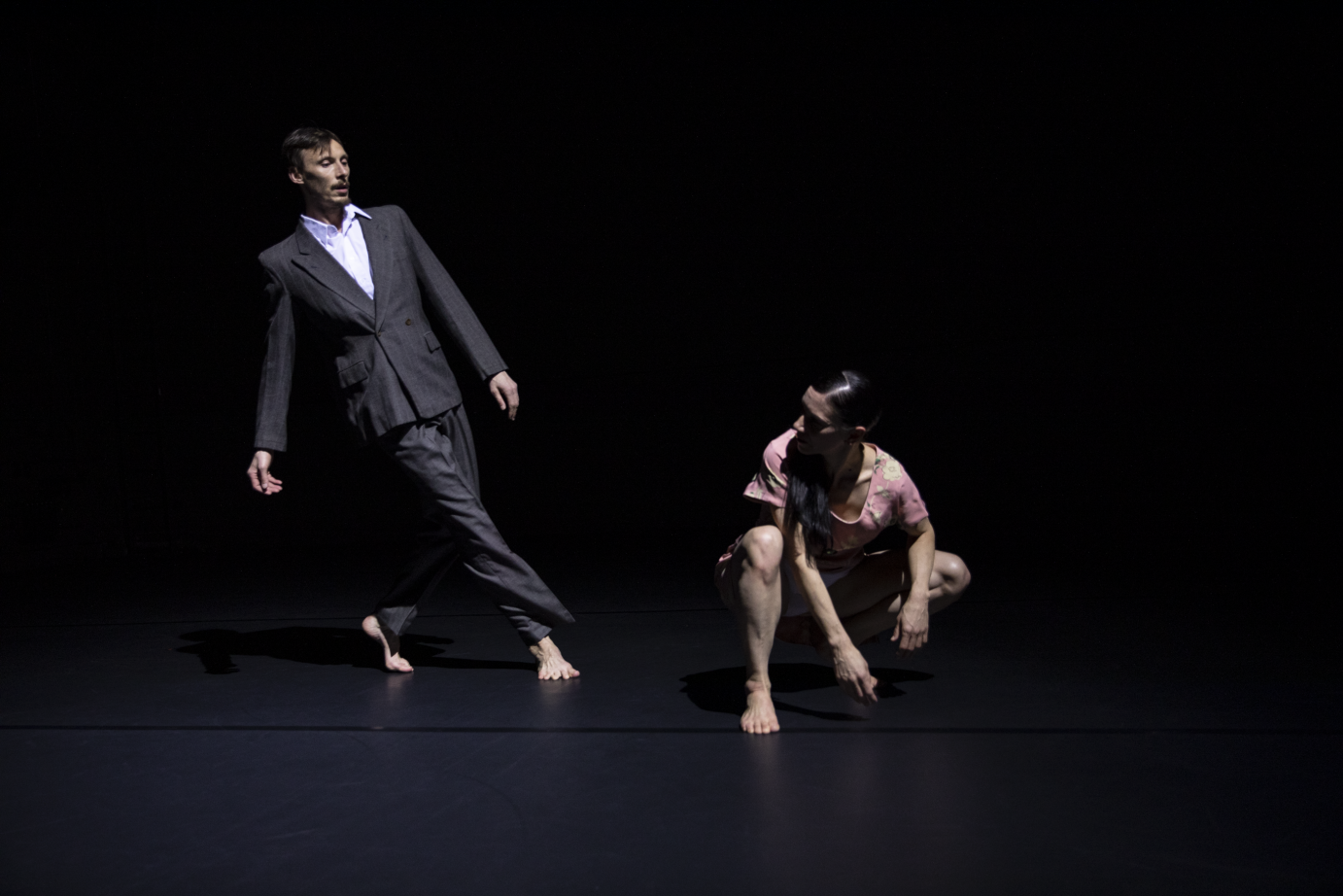
Dehmel’s words are alive as well. Shyshko suddenly joins Loemij, darting around her, swinging her in circles, catching her, shadowing her, and ultimately tucking her in with his suit jacket to lie beside her. The poem’s translation reads,
Let the child you have conceived
Be no trouble to your soul
How brilliantly the universe shines!
What has been a dynamic solo develops into a driving duet of confident unison and solid partnering. Loemij’s exhaustion leads her finally into his arms, her belly close to his face.
Seemingly having said her piece, she leaves the stage, her manner plain and resolved. Rather than the final image of Dehmel’s poem, we are left with Shyshko alone, the lights falling, as he approaches the audience slowly, a look of shock on his face. This is De Keersmaeker’s fingerprint, her expansion of the still growing lineage of Verklärte Nacht where a bygone tale and a bygone song have been made new again.





